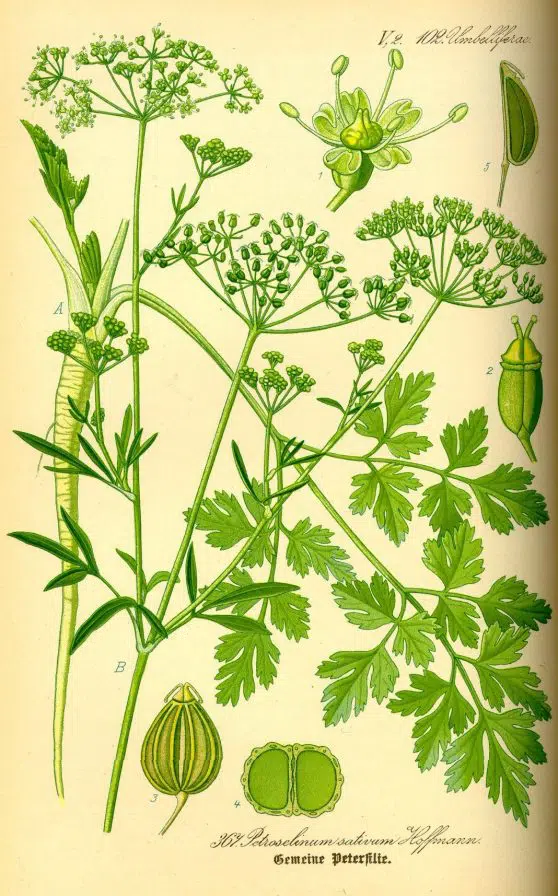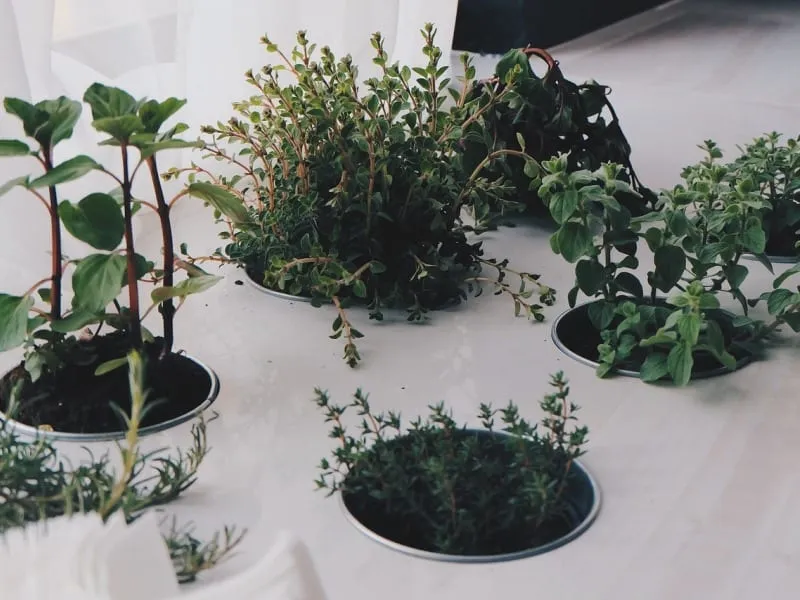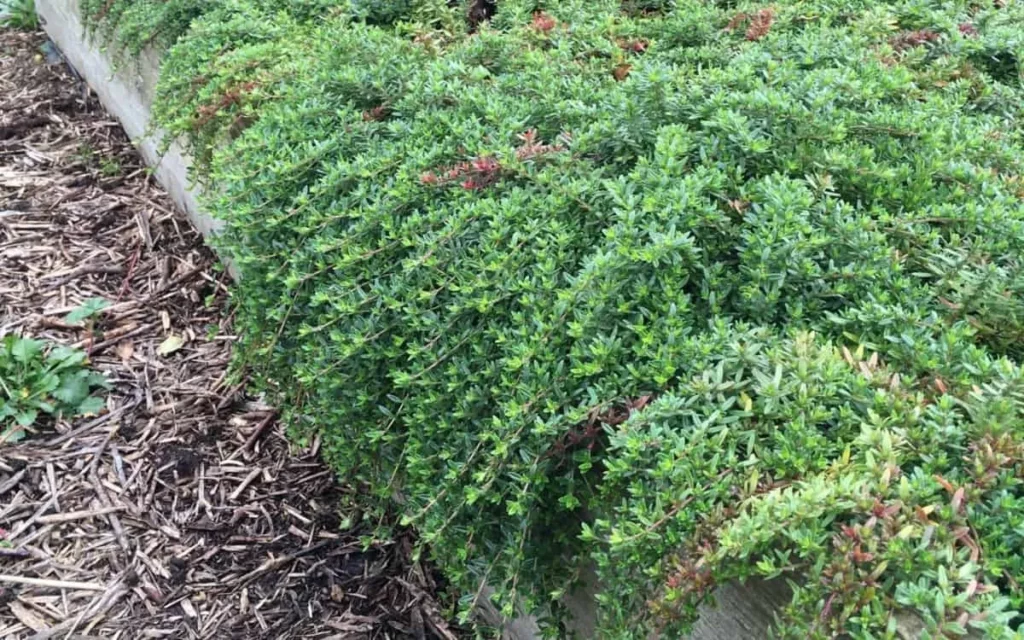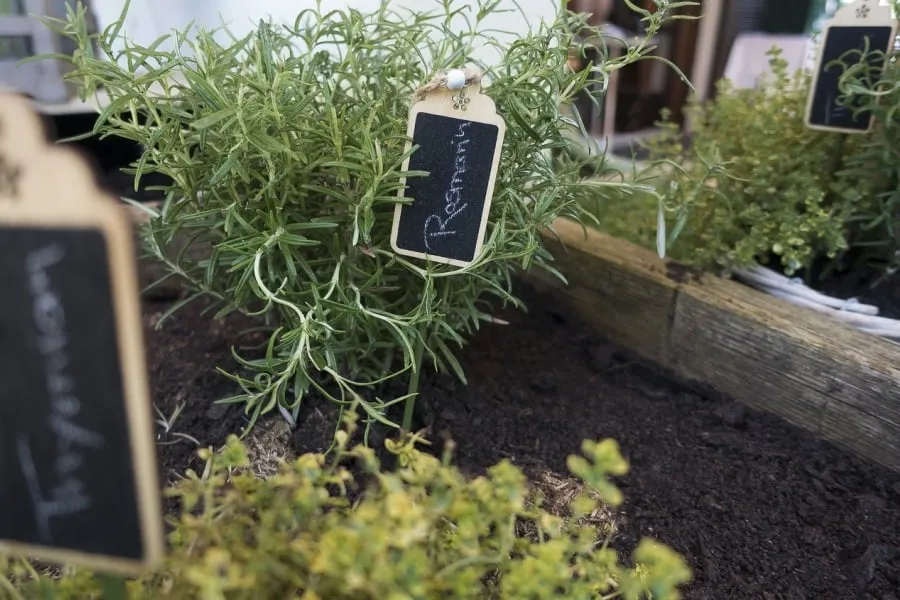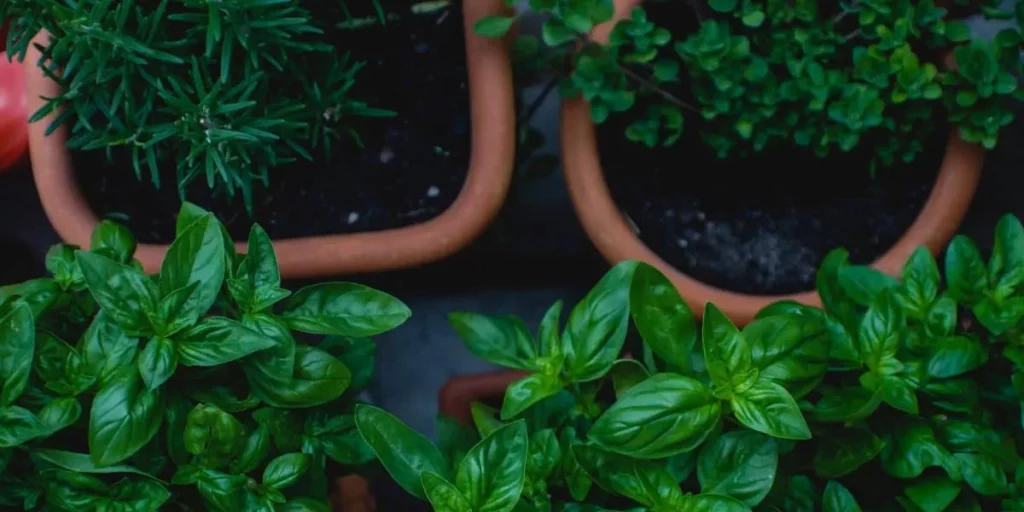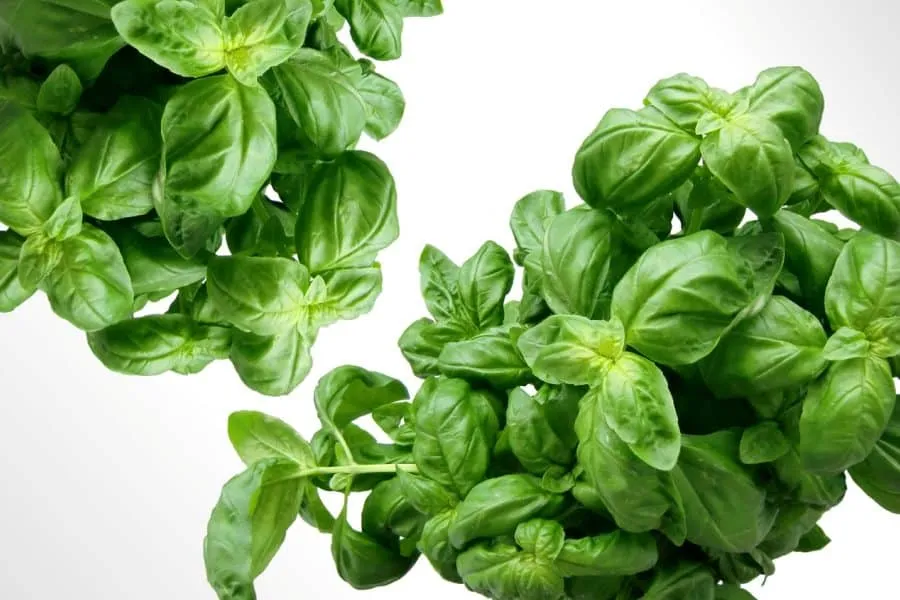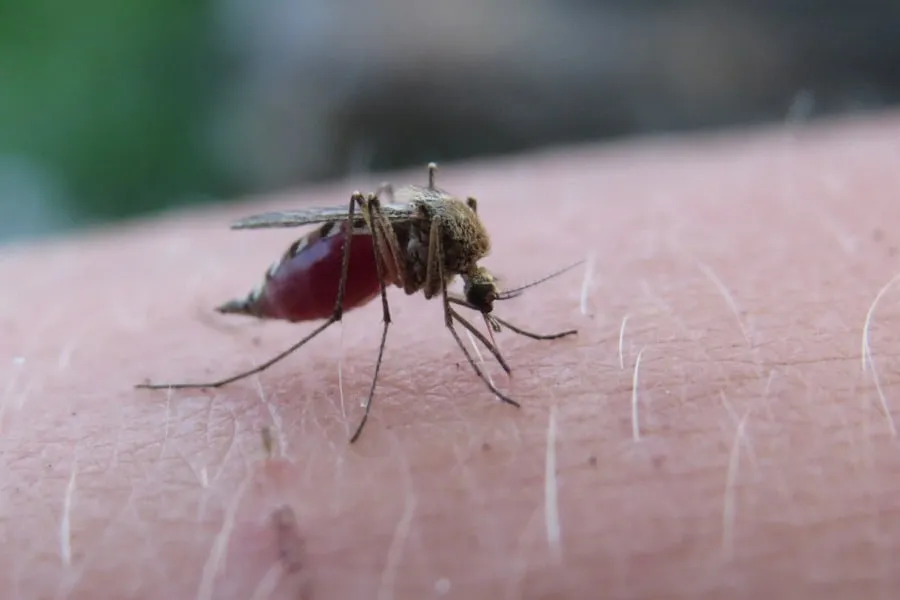Parsley is one of the classics in the kitchen due to its characteristic aroma and numerous uses. The herb is offered either in pots or as seeds for growing your own in the garden or in tubs. Alternatively, parsley can be propagated using seeds that you have obtained yourself. Harvesting the seeds is unproblematic and allows the cultivation of a large number of parsley plants.
Gain parsley seeds
Of course, if you have decided to propagate by seed, you must first obtain the necessary seeds. For this you need to overwinter your Petroselinum crispum, because parsley seeds are available only from the second season. The reason: it is a biennial plant that produces a lot of greenery in the first year and flowers and seeds in the following. Over the winter, the above-ground greenery retreats into the survival buds to save energy. In spring, parsley sprouts again and forms flowers. After the flowering period, which lasts from June to July, the harvest is ready. The seeds can be identified because they are located on the umbels and completely replace the flowers.
This makes harvesting easier. Once you recognize the dark brown seeds, you can obtain them in the following way:
- locate ripe seeds
- collect them from the umbels
- hands are enough
- put them in a small container
After harvesting parsley seeds, the plants are removed from the bed and disposed of. For this purpose, a compost is very suitable. Parsley is inedible after flowering and therefore should not be used in the kitchen. Only the seeds can be used for propagation, consumption is not recommended. Since the seeds do not require stimulus for germination, you do not need to stratify them over the winter. However, it is necessary to dry them. To do this, they are stored in a place with sufficient fresh air until dry. Since this takes only a few days, you need to store the parsley seeds after that:
- Put seeds in bag
- material: paper, parchment paper
- close well
- store dry
- do not store warm
Since a parsley produces quite a lot of seeds depending on its size, in most cases you will have enough seeds for the coming season. Shelf life after drying is about three years.
Note: Do not consume the seeds of parsley. The apiol it contains is inedible in high amounts and toxic to humans, especially pregnant and debilitated individuals.
Sowing
The harvest is followed by sowing in the spring. Due to the long germination period, Petroselinum crispum is pre-sown in pots as early as February or sown in the bed for propagation from March onwards at a soil temperature of 8°C. Growing soil is sufficient for the potted plants. Alternatively, you can sow parsley in August. Follow these steps when doing so:
- Soak seeds in water.
- Duration: 6 to 8 hours
- Loosen the bed
- Pull rows
- Row spacing: 15 cm
- planting depth: 2 to 3 cm
- sow in planting rows
- cover with soil
- moisten
The outdoor specimens will subsequently germinate and can be pricked out after they are large enough. Potted plants are pre-germinated at a temperature of 20°C to 25°C in a bright but not sunny place. The substrate must also be kept moist, for which a cling film or mini-greenhouse is ideal.
Tip: Parsley plants are particularly good to grow as a row together with radishes, as they germinate and can be harvested much faster. This way, you don’t have to sacrifice space while you wait for your parsley seeds.
Cuttings
Cuttings offer an alternative to traditional sowing that is just as easy to do. If you already have a healthy specimen in the garden, the use of head cuttings is ideal, because after a short time a complete plant will grow from them. For this type of propagation, select only head cuttings of healthy parsley, which have a lush growth. These must have a length of five to ten centimeters and should not yet have formed flower buds. Likewise, the lowest pairs of leaves must be removed. Then proceed as follows:
- Prepare seedling pots
- Substrate: compost and sand
- put head cuttings into substrate
- moisten well
- place under plastic cover or foil
- location: 20°C to 25°C
- shady
- always keep moist
Once the head cuttings have formed more pairs of leaves, you can select them and move them to new pots for propagation. After that, they will have to wait out another winter before they can be planted outdoors.
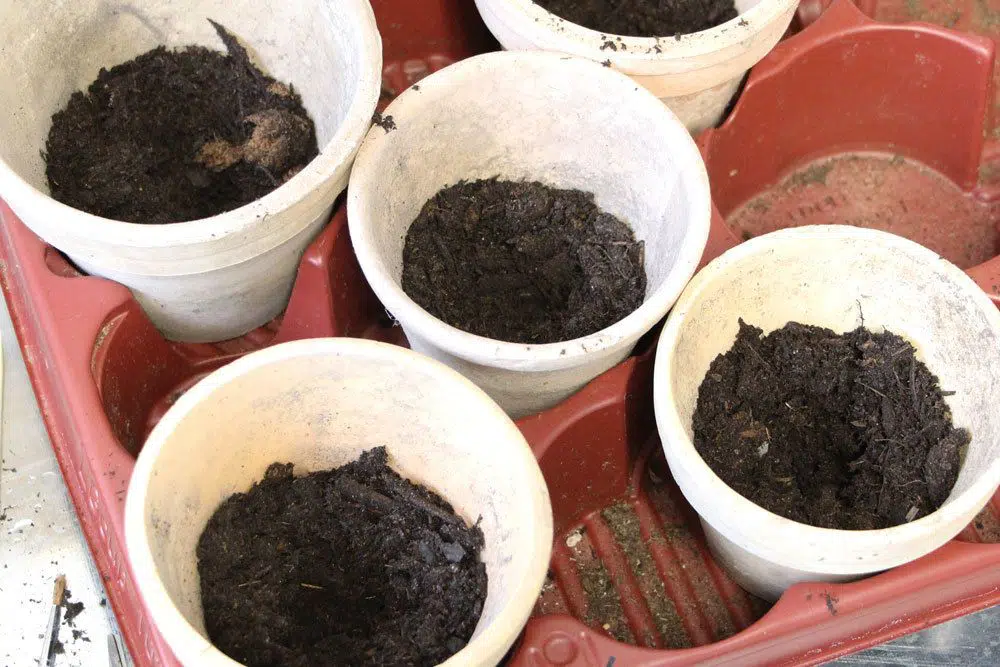
Tip: Many gardeners wonder whether it is also possible to grow via cuttings, as the shoots of the umbelliferous plant are quite flexible. However, since there are no eyes on them, cuttings are not suitable for propagating the plant.

